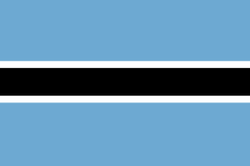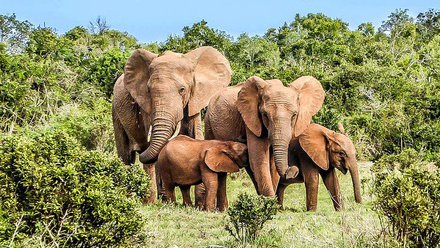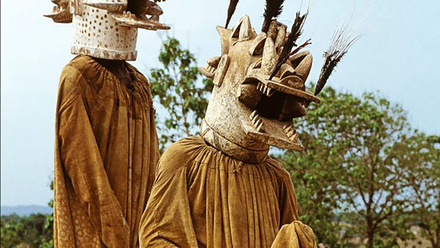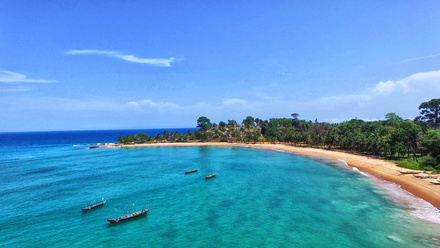Located in West Africa, on the Gulf of Guinea (North Atlantic Ocean) Côte d'Ivoire is home to 8 national parks, including Comoé, the largest protected area in West Africa with the most biodiverse savannah in the world. With a rich heritage of stunning beaches, rainforests, wildlife and historical sites, Côte d'Ivoire is a traveller’s delight.
Website | Facebook | Instagram | YouTube | Twitter | TikTok | LinkedIn
Must See / Do
Taï National Park
With one of the last blocks of primary rainforest in West Africa, Taï National Park is aptly described a biodiversity hotspot and offers unique species in an exceptional ecosystem.
Man
Deep in the heartlands of Côte d'Ivoire is the city of Man. Surrounded by verdant plantain farms and cocoa plantations, nicknamed ‘City of 18 Mountains’, Man is a hiker’s paradise.
Comoe National Park
Nestled between the northern cities and the Ghanaian borderlands, the sweeping Comoe National Park is one of the country’s top attractions.
Regions
 Comoe National Park
Comoe National Park
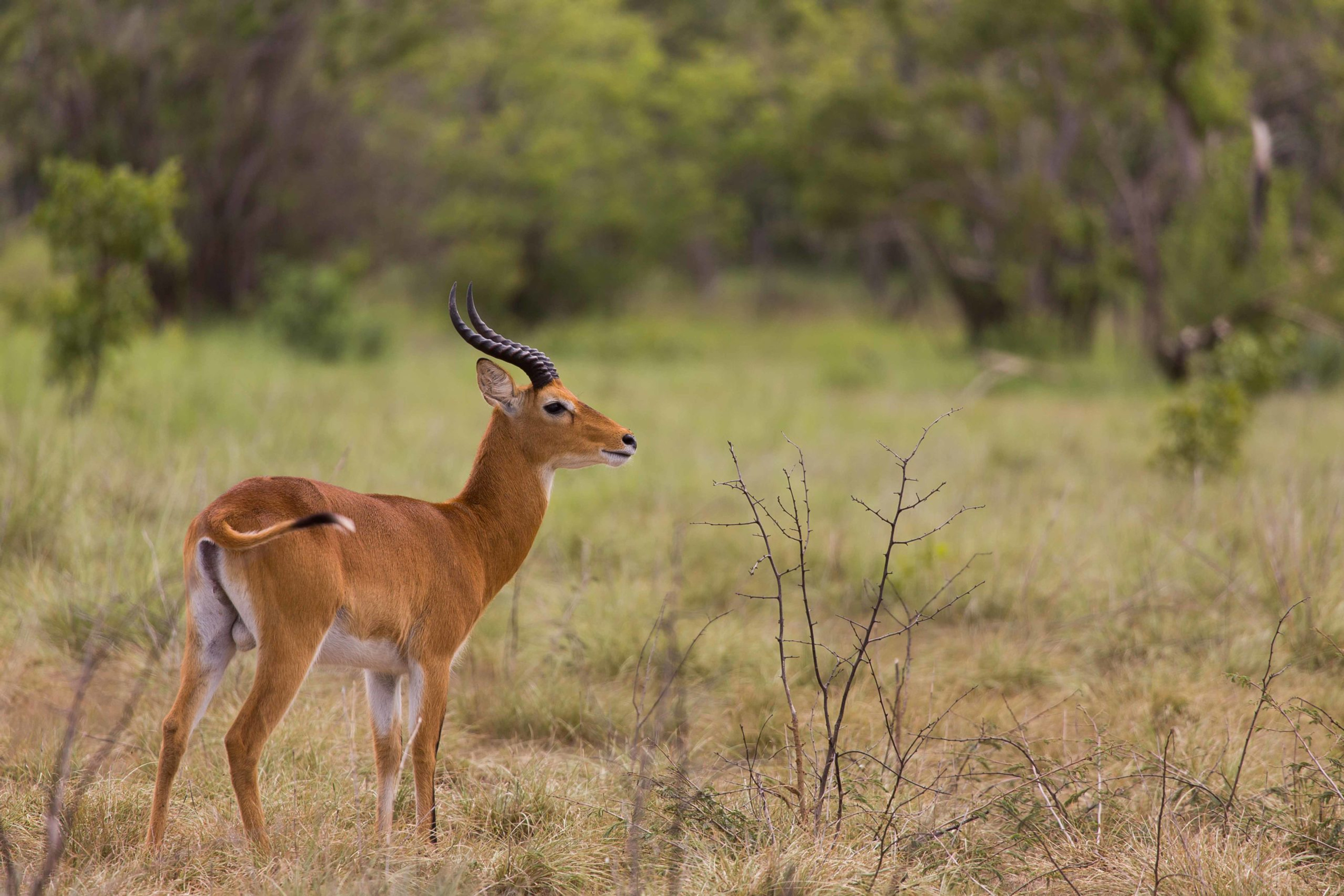
Nestled between the northern cities and the Ghanaian borderlands, the sweeping Comoe National Park is one of the country’s top attractions. Its diverse terrain spans savannahs, grasslands and stretches of rainforest not typically found in the north. The fish-filled Comoé River stretches through the park. Home to a host of wildlife including chimpanzees, hippos and dwarf crocodiles, with an abundance of bird species, including Denham’s bustards and yellow-casqued hornbills, explore 500km of spectacular trails rich in natural wonder.
 Grand Bassam
Grand Bassam
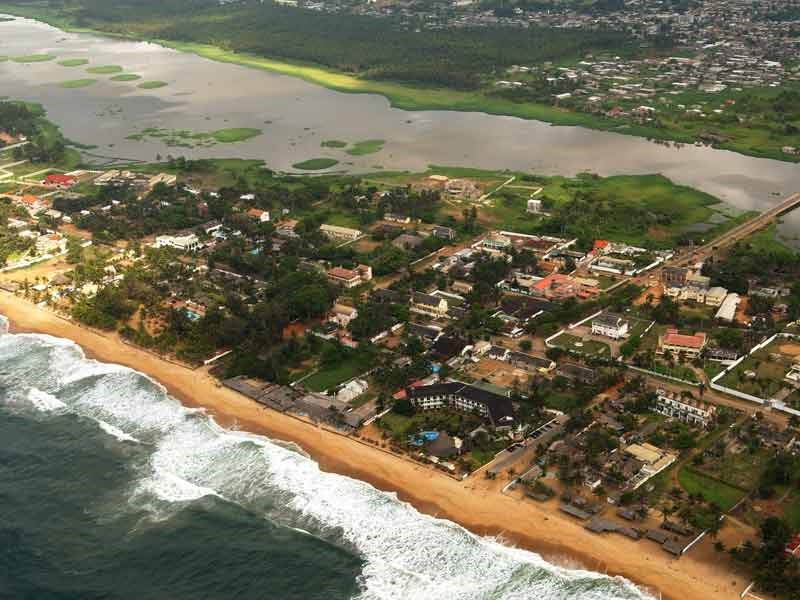
Brimming with French colonial charm, Grand-Bassam is a seaside town in the Lagunes region about 45 minutes-drive east of Abidjan. Featuring stunning beaches in addition to UNESCO world heritage cultural and historical sites, there’s a lot to explore in Grand-Bassam. Unwind on the white-sand Atlantic shoreline before visiting the The National Museum of Costume that displays examples of traditional dress in a former governor’s palace. Attractions also include the Palais Royal, The Victory Bridge, art galleries and the craft centre, the N’zima African fishing village.
 Abidjan
Abidjan
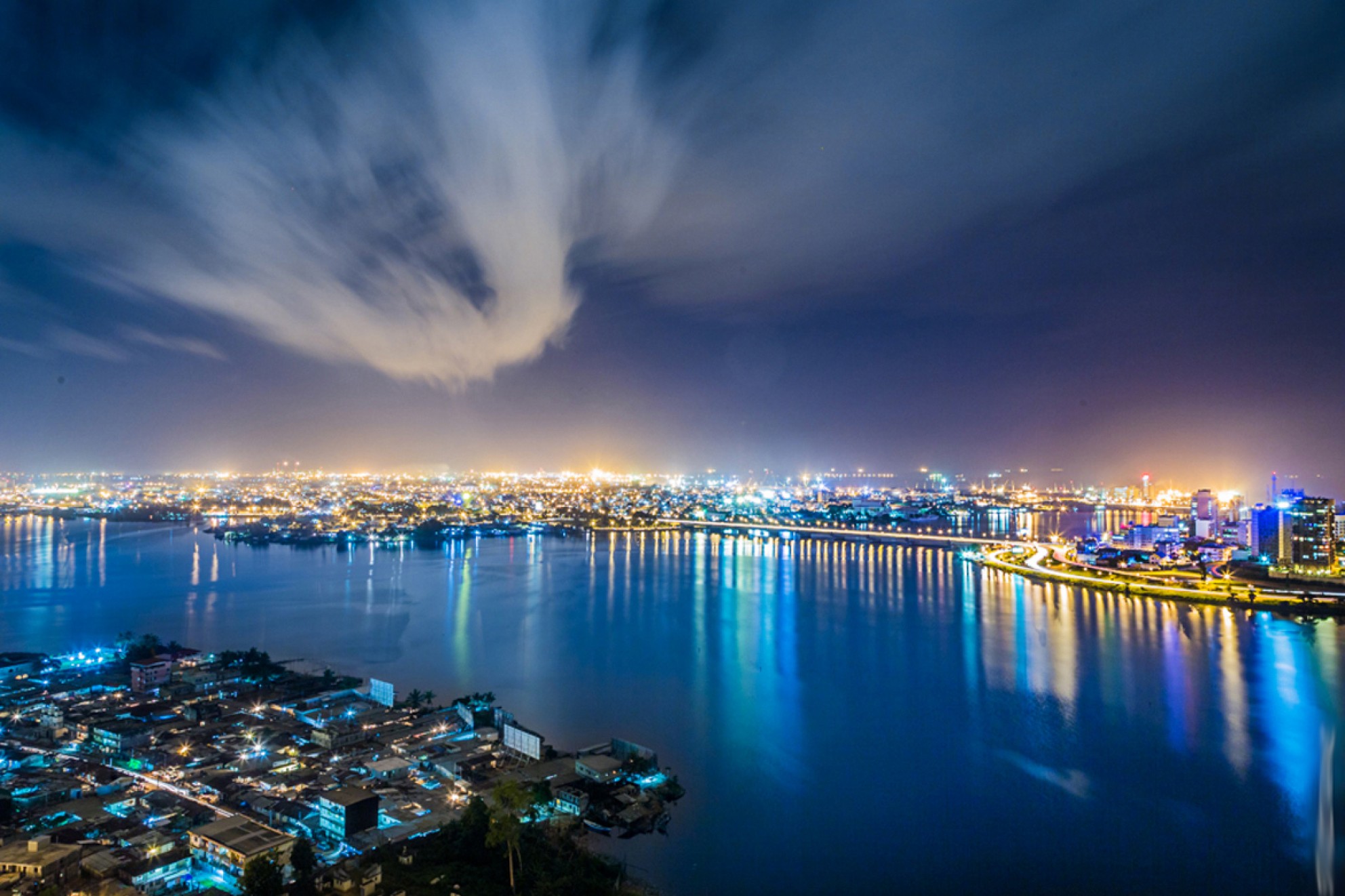
The largest city and chief port, Abidjan is a thriving metropolis with modern architectural, dining and shopping amenities set against a backdrop of most stunning natural and historical attractions. Located in the heart of the city is The Banco National Park, a natural oasis that houses monkeys and other wildlife and birds and a rich array of flora. St Pauls Cathedral is the second largest cathedral in Africa and is a unique monument that’s both a tourist attraction and a house of worship. Bingerville Botanic Gardens and Réserve Naturelle de Dahliafleur are also worth a visit.
 Man
Man
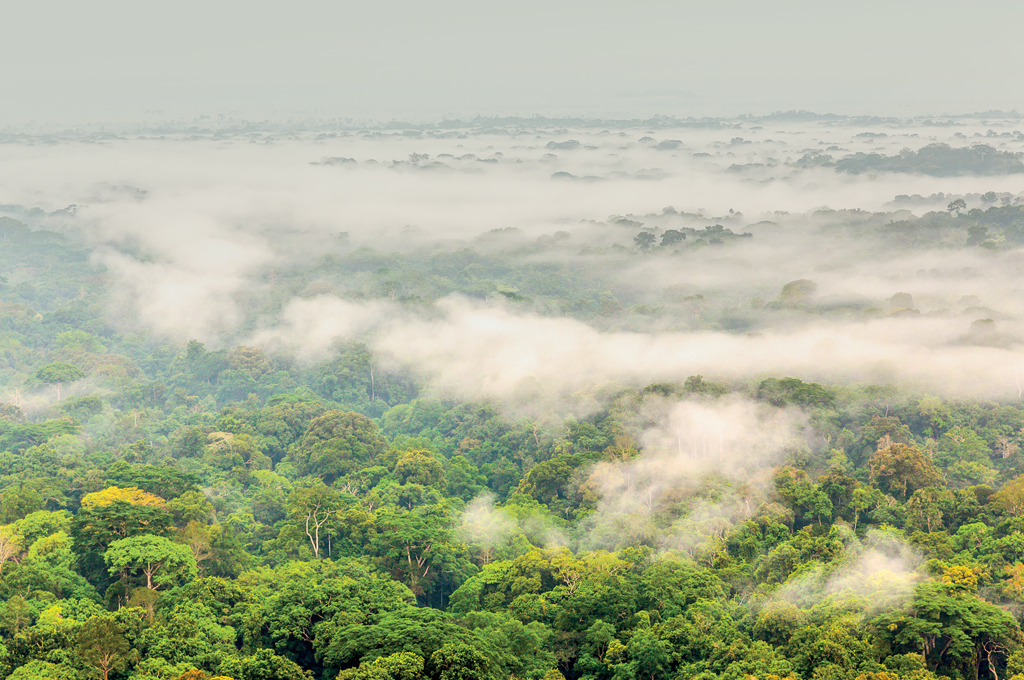
Deep in the heartlands of Côte d'Ivoire is the city of Man. Surrounded by verdant plantain farms and cocoa plantations, nicknamed ‘City of 18 Mountains’, Man is a hiker’s paradise. The peaks of Mount Tonkoui and Mount Toura, the two highest in the country, dominate the horizon while La Cascades waterfall with its stunning sheet of falling water and lush green setting is a popular tourist attraction. Other attractions in Man include walks through the bamboo forests and the cultural Musée du Costume.
 Taï National Park
Taï National Park
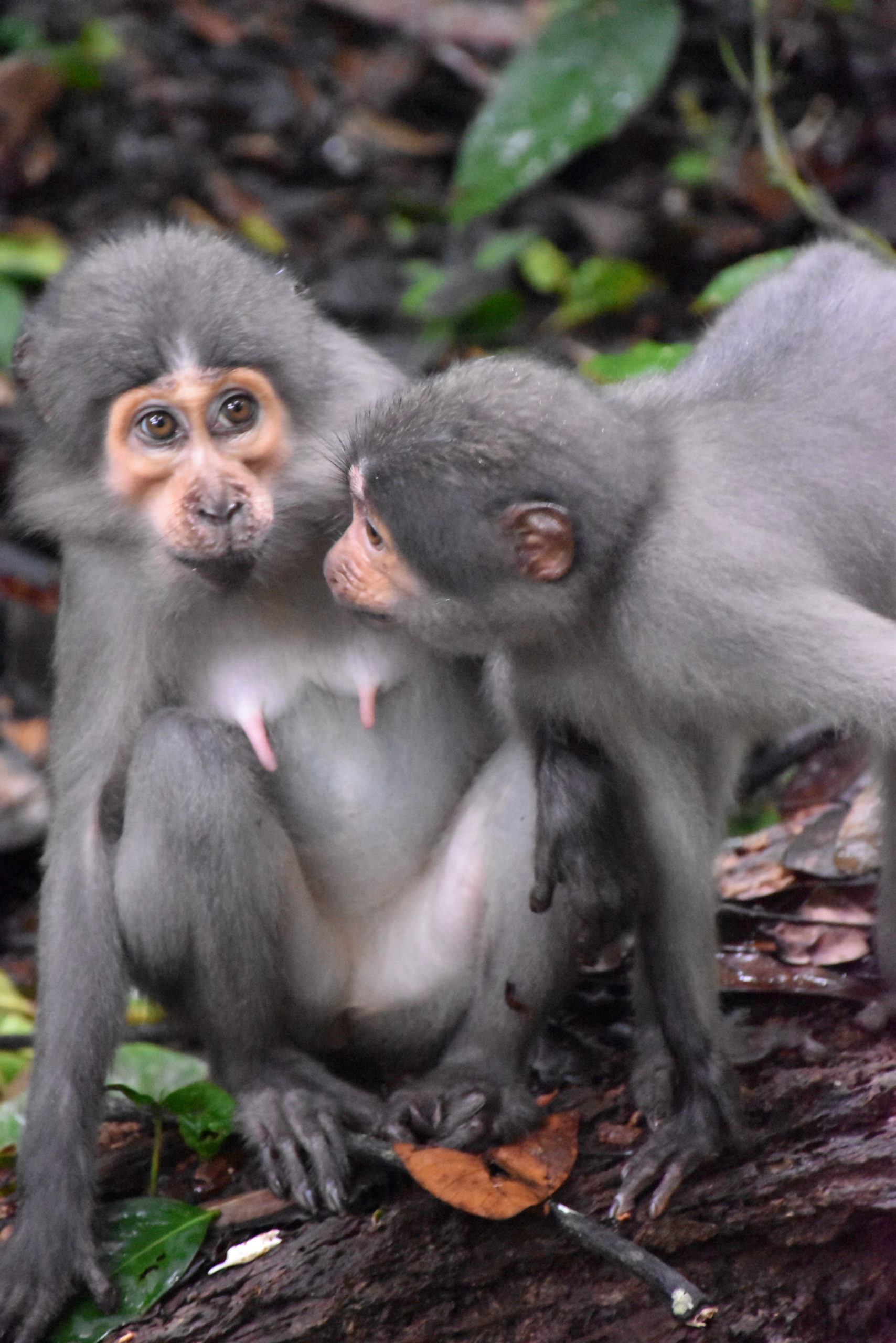
With one of the last blocks of primary rainforest in West Africa, Taï National Park is aptly described a biodiversity hotspot and offers unique species in an exceptional ecosystem. A world heritage site, the park is home to 24 bird and mammals such as forest elephants, pangolins, pygmy hippos and Jentink’s duikers in addition to 11 primate species, such as the endangered western chimpanzees, western red colobus, Diana monkeys, sooty mangabeys, spot-nosed monkeys, and mona monkeys. Explore an unforgettable natural wonder.

